Kitchen Folklore: The Real Magic in 5 Everyday Foods
I’ve spent more than three decades completely immersed in the world of food. My path started on the line in crazy-busy restaurant kitchens, shifted to teaching culinary arts, and eventually led me to dig into the stories behind what we eat. I’ve spent ages looking through old cookbooks, but more importantly, I’ve talked to the real experts: the farmers, bakers, and grandparents who carry the old knowledge.
In this article
A fascinating theme kept popping up—the idea of ‘magical’ foods. Now, we’re not talking about ingredients for casting spells. These were plants and ingredients with effects so consistent and noticeable that people couldn’t help but see them as a special kind of magic.
Think about it: our ancestors didn’t have nutritional databases or fancy labs. They had keen observation. They noticed some foods settled an upset stomach, others helped them sleep, and a few even seemed to give them a surprising burst of strength. These observations, shared from one generation to the next, became the heart of food folklore. Today, we can look at these exact same foods with our modern scientific understanding and see the truth behind the tales. The ‘magic’ was just biology and chemistry doing their thing.

So, let’s bridge that gap. We’ll explore five foods with deep roots in our collective history, and I’ll share what my own professional experience has taught me about their real, practical power in a modern kitchen.
Poppy Seeds: More Than a Sleepy Reputation
The poppy is a plant with a pretty complicated story. In old folklore, it was often linked to sleep and dreams, which makes total sense when you know its family tree. The little blue-black seeds we use in baking come from the very same plant species that gives us opium. I know, that sounds alarming, but it’s all about the processing and the part of the plant you use.
The milky sap from the unripe pod is where the potent stuff is. But the mature, dried seeds used for cooking? They only contain incredibly tiny, trace amounts of opiates, mostly on the surface. For food purposes, these are perfectly safe. When you eat a poppy seed bagel, you’re not getting a drug—you’re eating a tiny, nutrient-packed seed.

So, where’s the real value? It’s in the minerals. Poppy seeds are a powerhouse of manganese, which is crucial for healthy bones and for metabolizing carbs and fats. I once worked with a nutritionist on a health-focused menu, and she was amazed that just a single tablespoon of poppy seeds delivers nearly a third of your daily manganese. They’re also loaded with copper, which helps your body absorb iron. Good stuff.
How to Unlock Their Flavor
Here’s a pro tip: never use poppy seeds straight from the jar. Their best flavor is locked inside. To wake them up, you need to apply some heat. My go-to method is dry-toasting them in a heavy-bottomed pan over low-medium heat. No oil needed. Just toss them in a single layer and keep that pan moving. You’ll know they’re ready by the smell. The difference is night and day: they go from smelling faint and a bit dusty to having a warm, rich, and nutty fragrance. This only takes two or three minutes. If they start popping aggressively or you see smoke, you’ve gone too far!
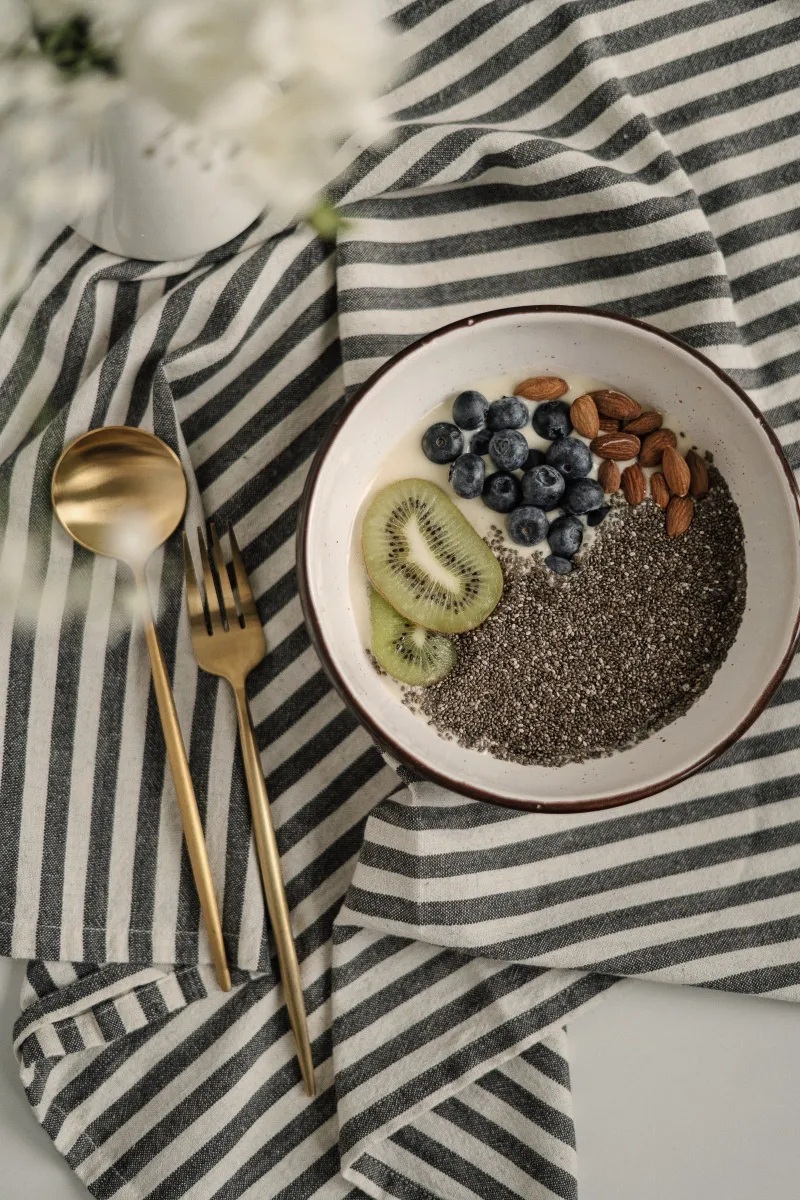
For a lot of traditional European baking, you need to grind the seeds. You can use a standard spice grinder, but be careful—pulse it in short bursts. Their high oil content can quickly turn them into a paste. The best tool, if you can find one, is an old-fashioned hand-crank grinder that crushes them without generating heat.
Speaking of which, in Central Europe, they make a thick, sweet, and dark filling called Mohn by cooking ground poppy seeds with milk and honey. It’s an incredible flavor. Over in India, they often use white poppy seeds, which are milder and creamier, to thicken sauces and curries.
A Quick Heads-Up
Okay, we have to talk about the elephant in the room: drug tests. Because the seeds can have those trace amounts of opiates, consuming a very large quantity can, in rare cases, trigger a false positive. And I do mean a large quantity—we’re not talking about a single bagel here. You’d probably have to eat an entire poppy seed cake for it to even be a possibility. Still, if you have a job with routine screening, it might be wise to just skip them for a few days beforehand. Also, please stick to food-grade seeds from reputable stores. There’s a dangerous trend of making ‘tea’ from unwashed seeds bought online, which is not a food use and can be incredibly dangerous.
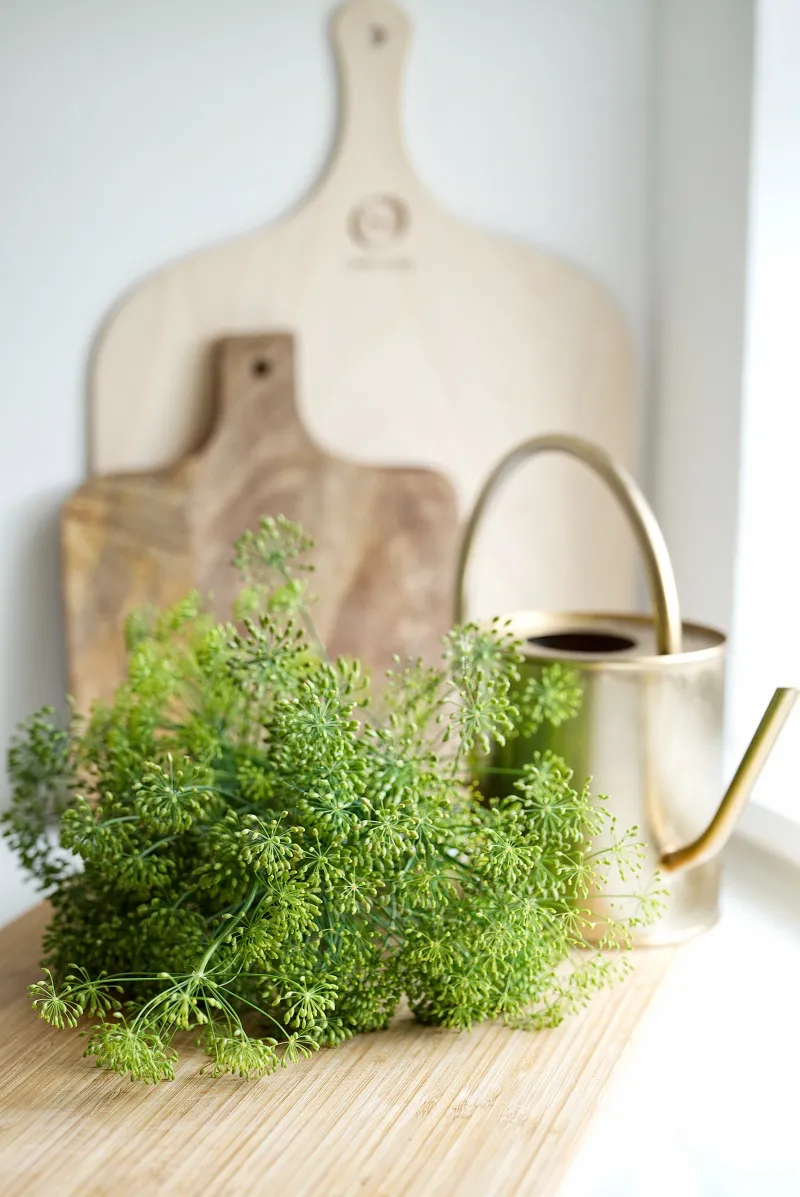
Dill and Fennel: The Aromatic Duo
Folklore often groups dill and fennel together, and for good reason. They’re botanical cousins and share a key aromatic compound. In some old European traditions, sprigs of both were hung over doors, probably because their strong, clean scent was thought to purify the air and ward off bad vibes (and probably insects, too).
But in the kitchen, it’s crucial to know the difference. Dill is a delicate, feathery herb with a grassy, slightly tangy taste. Fennel is a sturdy vegetable with a big white bulb, celery-like stalks, and a distinct sweet licorice or anise flavor. As a chef, I can tell you: you never, ever substitute one for the other.
The Science of a Happy Tummy
The traditional use for these plants was to soothe an upset stomach, and science backs this up. The ‘magic’ here is a compound called anethole. It gives them their signature scent and helps relax the muscles in your digestive tract, which can relieve gas and bloating. That’s why chewing on fennel seeds after a heavy meal is a common practice in India—it’s a natural digestive aid that actually works.
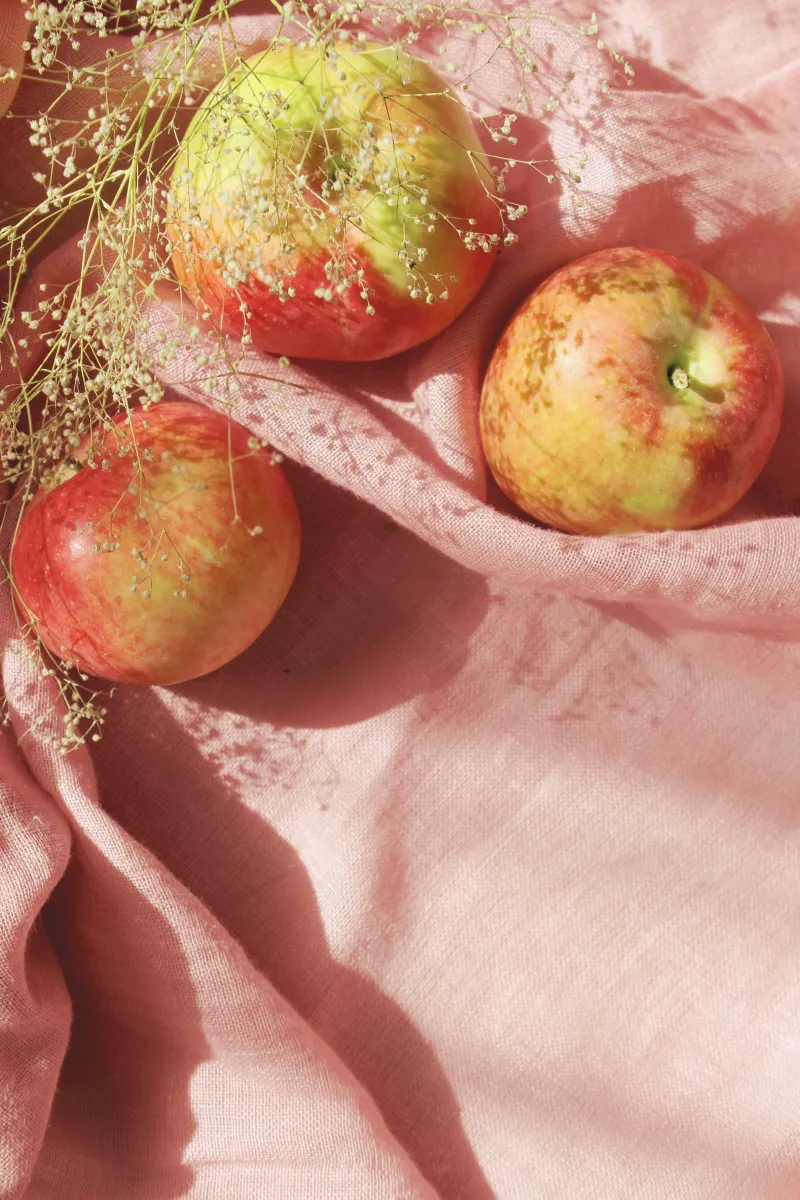
How to Handle Fennel Like a Pro
A lot of home cooks are intimidated by a whole fennel bulb. Don’t be! Here’s how we break it down. First, when you’re at the store, look for bulbs that are firm and white, without any brown spots. The fronds should look fresh and green, not wilty.
To prep it, slice off the long green stalks and the feathery fronds. But don’t you dare throw them out! The stalks are amazing for flavoring soup stock, and the fronds are a beautiful garnish with a concentrated flavor. Trim the very bottom of the bulb, then cut it in half vertically. You’ll see a small, tough triangular core at the base—cut that out. Now you can use a mandoline to get paper-thin, crisp slices for a salad.
Want to cook it? Cut the bulb into thick wedges, leaving the core in to hold them together. Toss with olive oil and salt, then roast at 400°F (about 200°C) for 20-25 minutes. The sharp anise flavor completely transforms, becoming mellow, caramelized, and incredibly sweet.
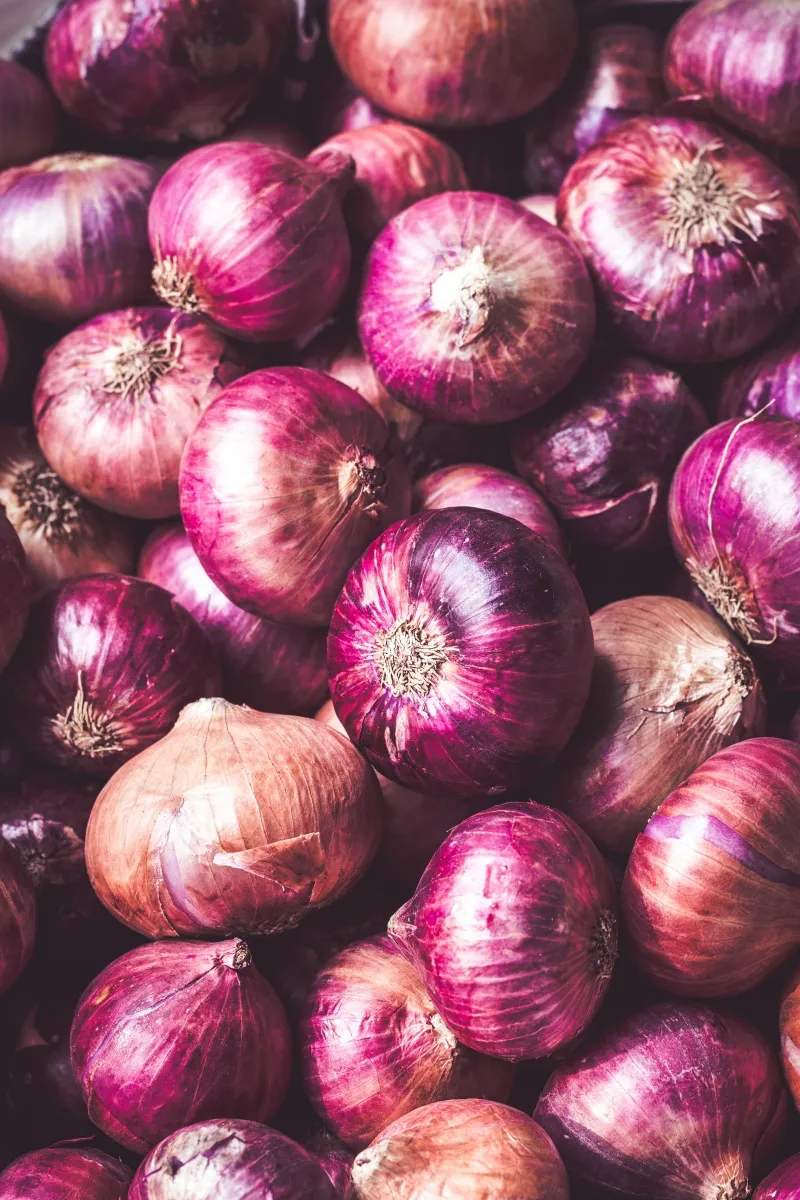
As for dill, the rule is simple: heat is its enemy. Always add fresh dill at the very end of cooking. Stir it into a sauce or dressing right before it hits the table. Dill seeds, on the other hand, are much tougher and are essential for things like pickle brines.
By the way, if you want to try something a little more advanced, look for fennel pollen. It’s a bit of a chef’s secret. You can find it at specialty spice shops or online. Heads up, it can be pricey—expect to pay around $15 to $25 for a tiny jar, but honestly, a little goes a very long way. A tiny pinch adds an intense, sweet fennel flavor to pork, fish, or even cookies.
Apples: The Everyday Symbol of Health
The apple is so common we almost forget how significant it is. In old tales from across the world, it’s a symbol of knowledge, immortality, and good health. Before we had refrigerated trucks shipping produce everywhere, an apple that could last through a long winter was a lifeline—a crucial source of calories and nutrients.
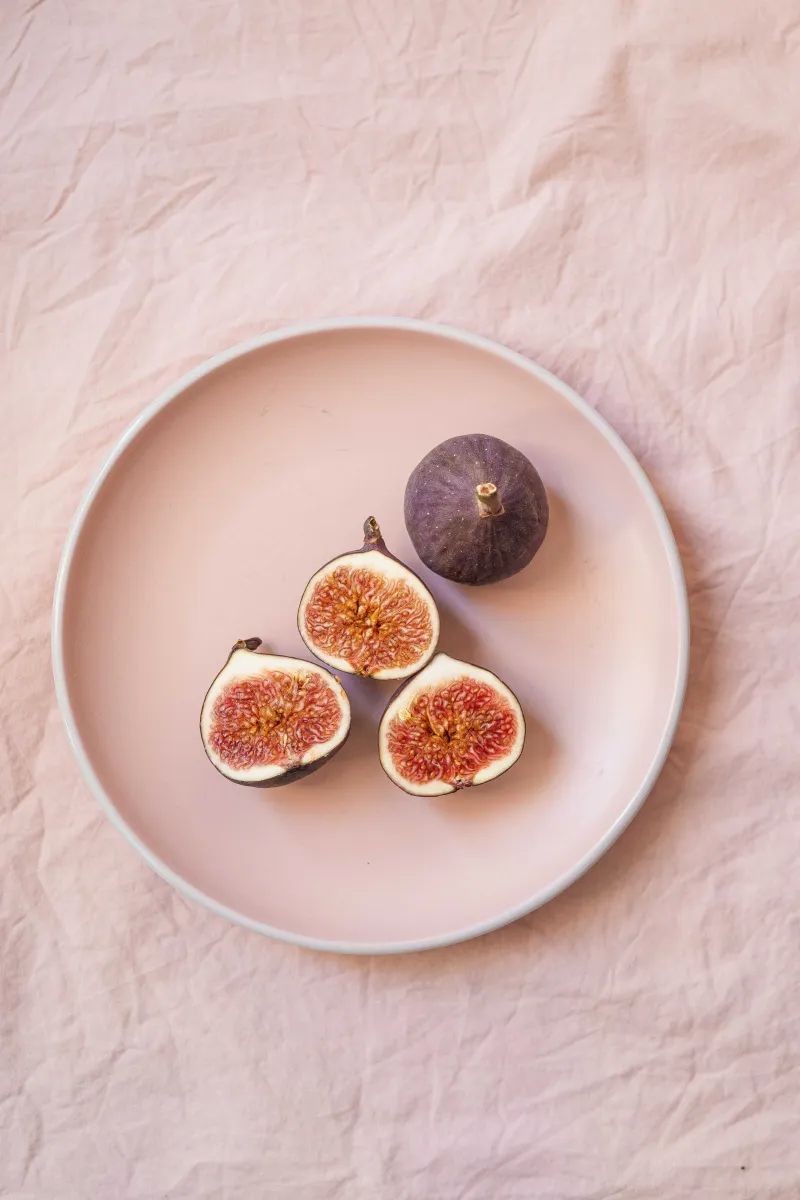
The old saying, ‘an apple a day keeps the doctor away,’ actually has some solid science behind it. The star player is a type of soluble fiber called pectin, which acts as a prebiotic, meaning it feeds the good bacteria in your gut. Pectin also helps regulate blood sugar and can help lower cholesterol. Apples are also full of antioxidants, especially in the skin. This is why I almost never peel my apples unless a recipe absolutely demands it.
The Most Important Apple Lesson
The single biggest mistake I see home cooks make with apples is using the wrong kind for the job. It makes a HUGE difference. To make it easy, here’s my cheat sheet:
- Best for Pies & Baking: You need firm, tart apples that hold their shape. Granny Smith is the classic for a reason. Northern Spy and Braeburn are also fantastic choices.
- Best for Applesauce: You want a soft apple that breaks down easily into a fluffy puree. McIntosh is the king here. Cortland works great, too.
- Best for Eating Raw: It’s all about the crunch and a perfect sweet-tart balance. Go for Honeycrisp, Fuji, Gala, or a Jazz apple.
Oh, and here’s a quick tip for prep. Apples start to turn brown the second you cut them. To prevent this, just have a bowl of cold water with a good squeeze of lemon juice ready. As you slice the apples, drop them in the water. The acid stops the browning process, so they stay looking fresh while you work.
A final note: you’ve probably heard that apple seeds contain cyanide. This is technically true, but you’d have to finely chew and swallow a huge number of seeds (think a cupful or more) for it to be a problem. We always core our apples in the kitchen anyway, but don’t panic if you accidentally swallow a seed or two.
Onions: The Foundation of Flavor
Honestly, no professional kitchen on earth could run without onions. It’s the starting point for thousands of dishes. Some early civilizations even saw the onion’s concentric rings as a symbol of eternity. Beyond the symbolism, onions were valued because they are hardy, store for a long time, and have natural antiseptic properties.
The Chemistry of Tears and Sweetness
The true magic of an onion is how it completely transforms with heat. A raw onion is sharp and pungent. When you slice it, you break open its cells, releasing a volatile sulfur compound. This gas hits the moisture in your eyes and creates a mild acid, which is what makes you cry.
But when you cook that onion, those same sulfur compounds break down and rearrange themselves into hundreds of new, delicious flavor molecules. The slow process of caramelization breaks down the onion’s complex carbs into simple sugars. This is why a slowly cooked onion is so deeply sweet and savory, with zero raw bite. It’s pure kitchen chemistry.
Onion Techniques Every Cook Should Know
First things first: a sharp knife is your best friend. A dull knife crushes the onion’s cells, which releases more of those tear-jerking compounds and can make the onion taste bitter. A sharp knife gives you clean slices. And here’s a little trick: if you’re especially sensitive, pop the onion in the fridge for 30 minutes before you cut it. It really helps!
Now, a common pitfall I see is overcrowding the pan when trying to caramelize onions. If you pile them in, they just end up steaming and getting soggy. Give them space! They need to make contact with the hot pan to get that gorgeous, deep brown color. True caramelization takes patience—it can take 45 minutes to an hour of low, slow cooking. Don’t rush it.
And remember, not all onions are created equal. Sweet onions (like Vidalia) are great raw in salads. Yellow onions are your all-purpose workhorses. Red onions are perfect for pickling or slicing thin for sandwiches.
Figs: The Ancient Sweet Treat
Figs are one of the oldest fruits ever cultivated, and they were often seen as a symbol of abundance and fertility. Historically, they were a go-to source of energy and a primary sweetener long before refined sugar was a thing. Fun fact: a fig isn’t technically a fruit. It’s actually a whole cluster of flowers that have bloomed inside a pod, which gives it that unique texture of soft flesh and crunchy little seeds.
They are famously high in fiber, which is great for digestive health. (Our ancestors definitely noticed their laxative effect, ahem). Figs also contain an enzyme called ficin, which breaks down protein. This is great for tenderizing meat, but it’s also why fresh figs can ruin a dairy-based dessert. If you try to mix fresh figs into a panna cotta or custard base, the ficin will break down the milk proteins and it won’t set.
A Quick Tip: To get around this, just add the fresh, sliced figs as a topping right before you serve your dessert. Problem solved!
Working with Fresh vs. Dried Figs
Finding a perfect fresh fig is a seasonal joy, usually in late summer. You can find them at farmer’s markets or well-stocked grocery stores, often for around $6-$8 a container. Look for ones that are soft to the touch, maybe with a little split in the skin—that’s when they are a their peak sweetness. They don’t last long, so use them quickly!
Try This Tonight: For the ultimate no-cook appetizer, grab a fresh fig, wrap it in a thin slice of prosciutto, and add a little crumble of blue cheese. The combination of sweet, salty, and creamy is just unbeatable.
Dried figs are a pantry staple. They are much sweeter and have a candy-like flavor. Before baking with them, I like to soak them in hot water or even a little brandy for about 30 minutes. It makes them plump and easy to chop, and the leftover soaking liquid is a flavor-packed bonus for your recipe.
Finally, a word of warning from personal experience: the milky sap from an unripe fig or from the tree itself can be a major skin irritant. If you’re ever lucky enough to pick them fresh, wear gloves!
In the end, the ‘magic’ in these foods isn’t a mystery. It’s a wonderful combination of history, science, and flavor. Understanding how they work doesn’t take away the wonder—it makes it even more delicious.
Inspirational Gallery with Photos
The ancient Egyptians revered garlic. Hieroglyphs show it was given to the laborers building the pyramids to enhance their strength and stamina, making it one of history’s first documented performance-enhancing foods.
Ginger, a star of folk medicine, deserves proper handling to preserve its potent magic. When buying, look for roots with smooth, taut skin, not wrinkled or soft. Store it unpeeled in a reusable silicone bag in your refrigerator’s crisper drawer. For a quick dose, no need to peel; simply grate the root, skin and all, using a fine microplane grater for a potent, fibrous paste perfect for teas and broths.
Can a spoonful of honey really soothe a sore throat?
Absolutely, but not all honey is created equal. While any raw honey has mild antibacterial properties, its true power lies in its viscosity, which coats and calms the throat. For an extra therapeutic boost, folk tradition and modern studies point to Manuka honey from New Zealand. Its high MGO (methylglyoxal) content gives it exceptionally strong antibacterial effects, making it a true legend in the world of natural remedies. It’s a worthwhile investment for your home apothecary.
- A vibrant, earthy flavor that grounds soups and stews.
- A rich source of nitrates, known to support blood flow.
- A natural pigment so powerful it was once used as a dye.
The hero? The humble beetroot. Long considered a “blood builder” in European folklore, its power is now understood by science. Roasting it whole concentrates its sweetness and preserves its nutritional magic.
The golden glow of turmeric is beautiful, but its active compound, curcumin, is notoriously difficult for the body to absorb. Ancient wisdom from Ayurveda provides the solution: always pair it with a pinch of black pepper. The piperine in pepper can increase curcumin’s bioavailability by up to 2,000%. This simple combination unlocks the root’s full potential, turning a simple spice into a powerhouse.
An Old-World Classic: Cabbage, a simple peasant staple, full of vitamins.
A Modern Powerhouse: Sauerkraut or kimchi, where that same cabbage is transformed by fermentation.
The real magic isn’t just in the vegetable, but in the process. Lactic acid fermentation creates a symphony of probiotics that support gut health, an idea our ancestors understood through observation long before we had the science to explain it.
Beyond just a sleepy-time story, the ritual of chamomile tea is a sensory experience in itself. The moment the hot water hits the dried flowers, a sweet, apple-like aroma fills the air. This isn’t just a drink; it’s an act of slowing down. Holding the warm mug, inhaling the gentle steam—these are the small, tangible moments of calm that folk wisdom has cherished for centuries, a simple spell for tranquility at the end of a long day.
To truly embrace food folklore, consider making your own Golden Milk, a modern take on the traditional Indian drink Haldi Doodh. It’s more than just mixing turmeric and milk.
- Gently warm a cup of oat or almond milk (don’t boil).
- Whisk in a teaspoon of ground turmeric, a half-teaspoon of grated ginger, and a dash of cinnamon.
- Crucially, add a small spoonful of coconut oil (like Nutiva’s organic virgin oil) and a crack of black pepper—the fat and piperine are essential for absorbing the turmeric’s goodness.
- Sweeten to taste with a drizzle of maple syrup.
According to the FAO, oats are grown on every continent except Antarctica. Their resilience and nutritional value have made them a global staple for millennia.
This universal presence explains why so many cultures have a version of a comforting oat porridge. It’s not just a feeling; the complex carbohydrates and soluble fiber (beta-glucan) provide slow-release energy and promote satiety, physically contributing to that sense of steady, long-lasting well-being our ancestors simply called ‘heartiness’.
Important point: Not all herbs are for steeping. While a tea of rosemary is traditional in some cultures for memory, its piney, resinous oils can become unpleasantly bitter when boiled for too long. Instead, capture its folkloric essence by simply inhaling its aroma. Rub a fresh sprig between your fingers and breathe deeply before a task requiring focus. This sensory trick connects you to the plant’s ‘spirit’ without the harsh taste.










